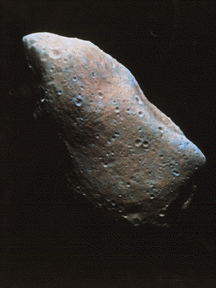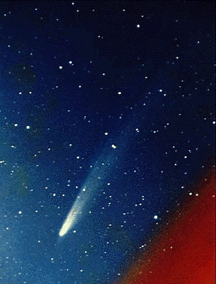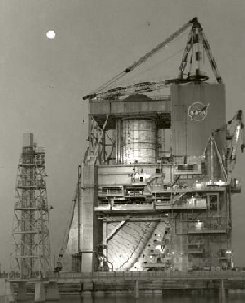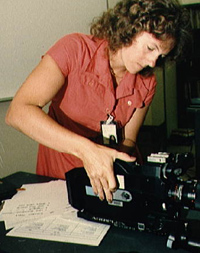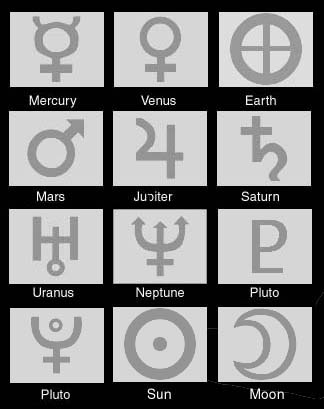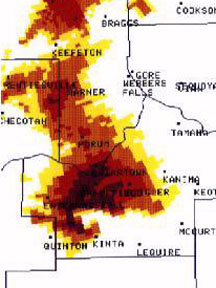Some scientists say that an asteroid is going to hit the earth 30 years from now. Is this true? Can we protect ourselves by sending nuclear weapons into space to destroy the asteroid? How big does a comet/asteroid have to be in order to destroy the Earth? What's the biggest a comet/asteroid could be and still burn up in our atmosphere?
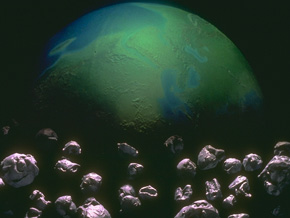
Movies such as Deep Impact and Armageddon seem to have triggered questions from all over the world!
There has been talk that the asteroid 1997XF11 will crash into the Earth in the year 2028. The bottom line is that this asteroid poses no threat to the planet Earth in the next century. But, it will pass by the Earth over and over again in the next centuries, so it is worth knowing what our countermeasures are if it ever gets too close!
Right now, we have the technology to divert a comet or asteroid coming towards the Earth. Our rockets and explosives would be sufficient to break apart even a large object of about 1 kilometer in diameter. We would of course need some lead time (10 years would be a nice minimum notice). Blowing up an asteroid or a comet too near to the Earth, would just create a chaotic mess of smaller pieces flying towards the Earth. If we were to discover an object coming towards the Earth with only 1-2 years notice before impact, our technologies might not be adequate. The best we could hope to do would be to evacuate the impact site. So the best plan right now is to continue surveying for Near Earth Objects, so that we will know where these asteroids and comets are in time to prepare any countermeasures that might be necessary.
It is believed that an object in the 100 meter to 500 meter range could penetrate the Earth's atmosphere. These objects would cause local damage near the impact site. Larger bodies would certainly penetrate the atmosphere and would cause global devastation. The only thing we can compare such an impact to is that of nuclear war. Fortunately, impacts by such large bodies are extremely rare.
Submitted by Amber (Fargo, North Dakota, USA)
Submitted by Ann (Toronto, Canada)
Submitted by Phillip (Ottawa, Canada)
Submitted by Sam ( Aaland Islands, Finland)
(June 29, 1998)






